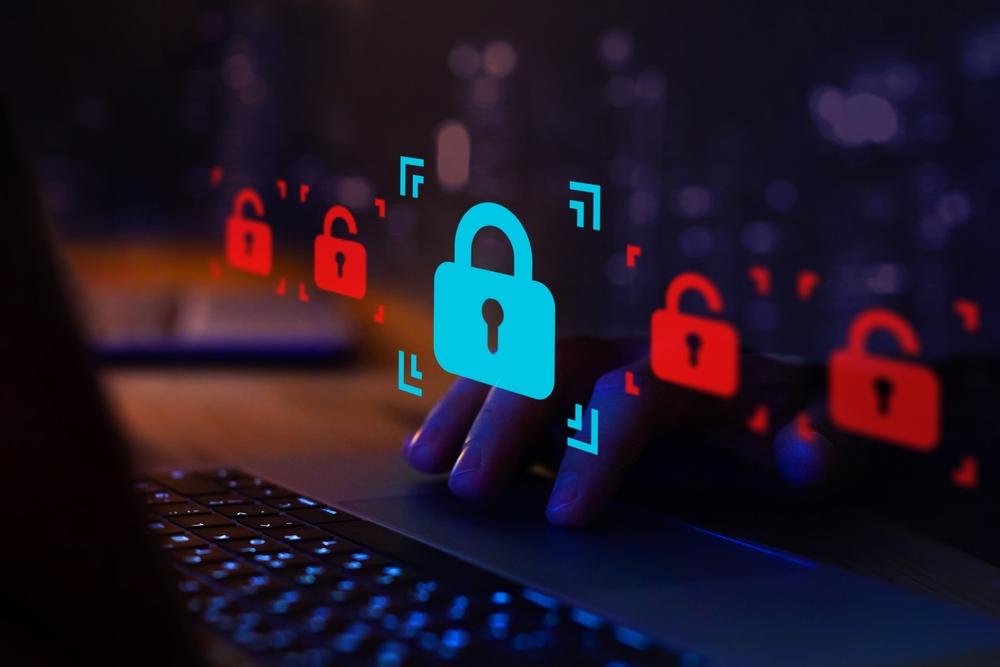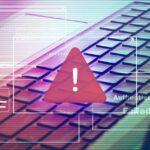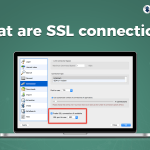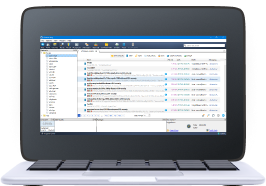Data breaches are an unfortunate reality of the Internet. While alarming, taking swift action can mitigate potential damage. This guide offers practical steps to protect yourself after a data breach.
Steps to Minimize a Data Breach
- Understand the Breach
First, determine the extent of the breach. Learn what information was compromised. In many cases, the source of the breach (the company that was compromised) will give you this information, but it’s a good idea to do further research if you can from reputable sources.
- Change Passwords Immediately
Passwords are the first line of defense. Modify passwords for affected accounts. Create strong, unique passwords for each platform. Avoid using the same password multiple times and employ a password manager if you can.
- Enable Two-Factor Authentication
Add an extra layer of security by enabling two-factor authentication (2FA) whenever possible. This requires a second form of verification, such as a code sent to your phone, to access accounts.
- Monitor Your Accounts Closely
Regularly review bank statements, credit card bills, and other financial records for unauthorized activity. Check your email for suspicious messages. Be vigilant for phishing attempts designed to steal personal information.
- Protect Your Credit
Consider placing a fraud alert or credit freeze on your credit report. This makes it harder for someone to open new accounts in your name. Consult with your credit bureau for specific steps.
- Be Wary of Scams
Data breaches often lead to increased scams. Be cautious of unsolicited emails, calls, or texts claiming to help fix the situation. Never share personal information with unknown individuals or organizations.
Newshosting: Your Privacy Matters
Newshosting protects user privacy and data security with advanced security measures to safeguard your information. Our privacy policy outlines how we handle your data.
While data breaches can be stressful, proactive steps can help protect your identity and financial well-being. Stay informed, be vigilant, and take control of your online security.







